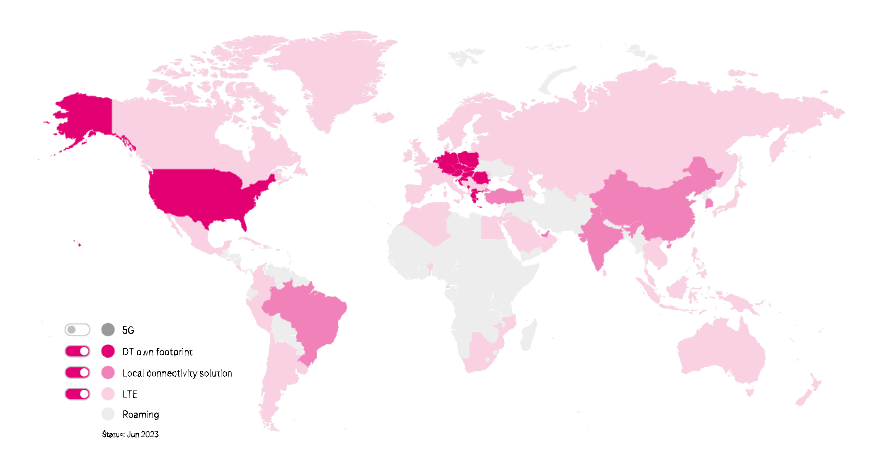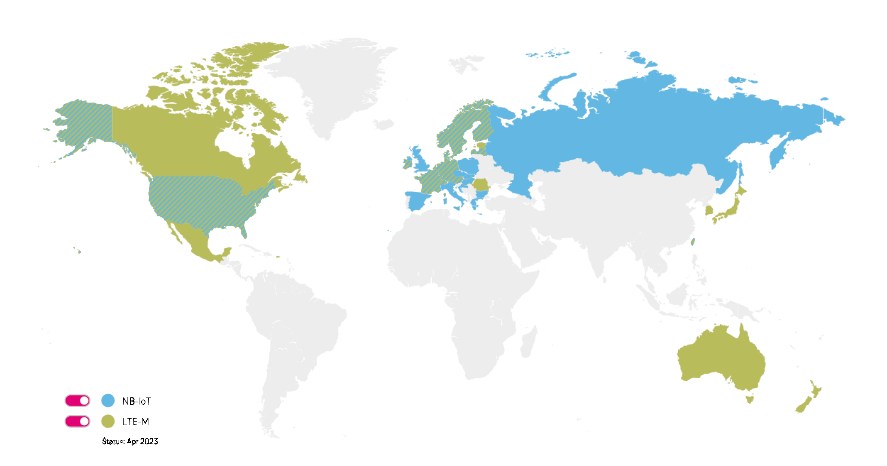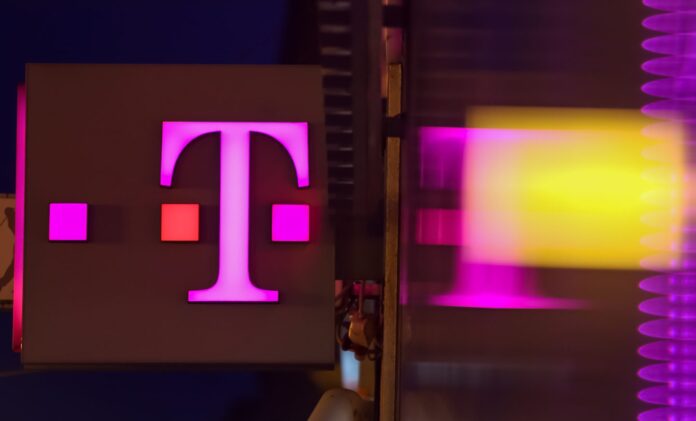Deutsche Telekom is offering non-cellular LoRaWAN, as well as satellite-based cellular IoT, as part of its expanded global IoT proposition for connecting data-only embedded SIMs (eSIMs) in both low-power (LPWA) and also high-power wide-area IoT applications. It said it has integrated distributed LoRaWAN “more strongly” into its centrally administered cellular IoT platform via arrangements with The Things Network (TTN) and the Helium Network.
LoRa-based devices on both network servers can now be run on its IoT developer platform, part of its IoT Creators support proposition, it said. It affords IoT developers in the LPWA network game a single supplier, application programing interface (API), and management interface to create and deliver battery-powered IoT solutions that work on both cellular (NB-IoT, LTE-M) and non-cellular (LoRaWAN) networks, including satellite extensions of both types.
Dennis Nikles, chief executive of Deutsche Telekom’s IoT division, said: “We now offer our customers a global network of networks, a globally available, reliable and secure network-of-networks for IoT applications. No matter what the requirements of the use case are, be they a wide range, low latency or high bandwidth, local or international, we as a global IoT connector provide the right network. For all customer needs from a one-stop shop.”

Higher-end IoT applications will typically use its own LTE and 5G networks in countries where it operates national infrastructure, and via other mobile network operators in markets where it has cellular IoT roaming deals in place. Deutsche Telekom is working with Softbank-backed satellite IoT startup Skylo to combine terrestrial and non-terrestrial cellular IoT in a single management platform; it is offering 5G modules that switch between.
The firm announced the partnership at MWC in February, alongside a parallel deal with Intelsat – which is not mentioned in its latest missive about the matter. The German telco said in February it will be able to provide IoT connectivity everywhere as a result, including in every ‘black-spot’ and ‘not spot’ where terrestrial cellular does not reach. It noted it is the only mobile operator with owned-infrastructure in both Europe and the United States.
As well, Deutsche Telekom announced two major customers for its global IoT eSIM: with German luxury electric vehicle (EV) manufacturer Automobili Pininfarina, which is selling its flagship Battista model in 50 markets with a 5G-based eSIM from Deutsche Telekom; and German medical device manufacturer Biotronik, which is doing the same in global markets with defibrillators and cardiac pacemakers. It also referenced Mercedes-Benz.

A blog notice said: “[Customers] no longer have to register and manage devices and services across numerous platforms and portals, all of them proprietary, or for each and every problem to communicate with different customer support teams. Telekom’s T IoT provides global connectivity in one contract with one service team, single access to simple management of all IoT connections, plus a simplified procurement process… and customer support contact.”
It went on: “Companies that operate globally… need to know their markets and local regulations…. A growing number of national authorities prohibit permanent data roaming… You need a provider with a global infrastructure who also knows the local target markets and adapts flexibly to them. Telekom’s local breakout solutions and eSIM cards that automatically load profiles for local regulations ensure connectivity for IoT projects in these countries.”
“For time-critical IoT solutions such as autonomous driving, regional packet gateways ensure lowest global latencies. They relay transcontinental data roaming traffic to the next Telekom regional packet gateway around the globe rather than back to the original home network, which might be at the other end of the world. Key data traffic is further prioritised by quality-of-service (QoS) [rules and capabilities].”

